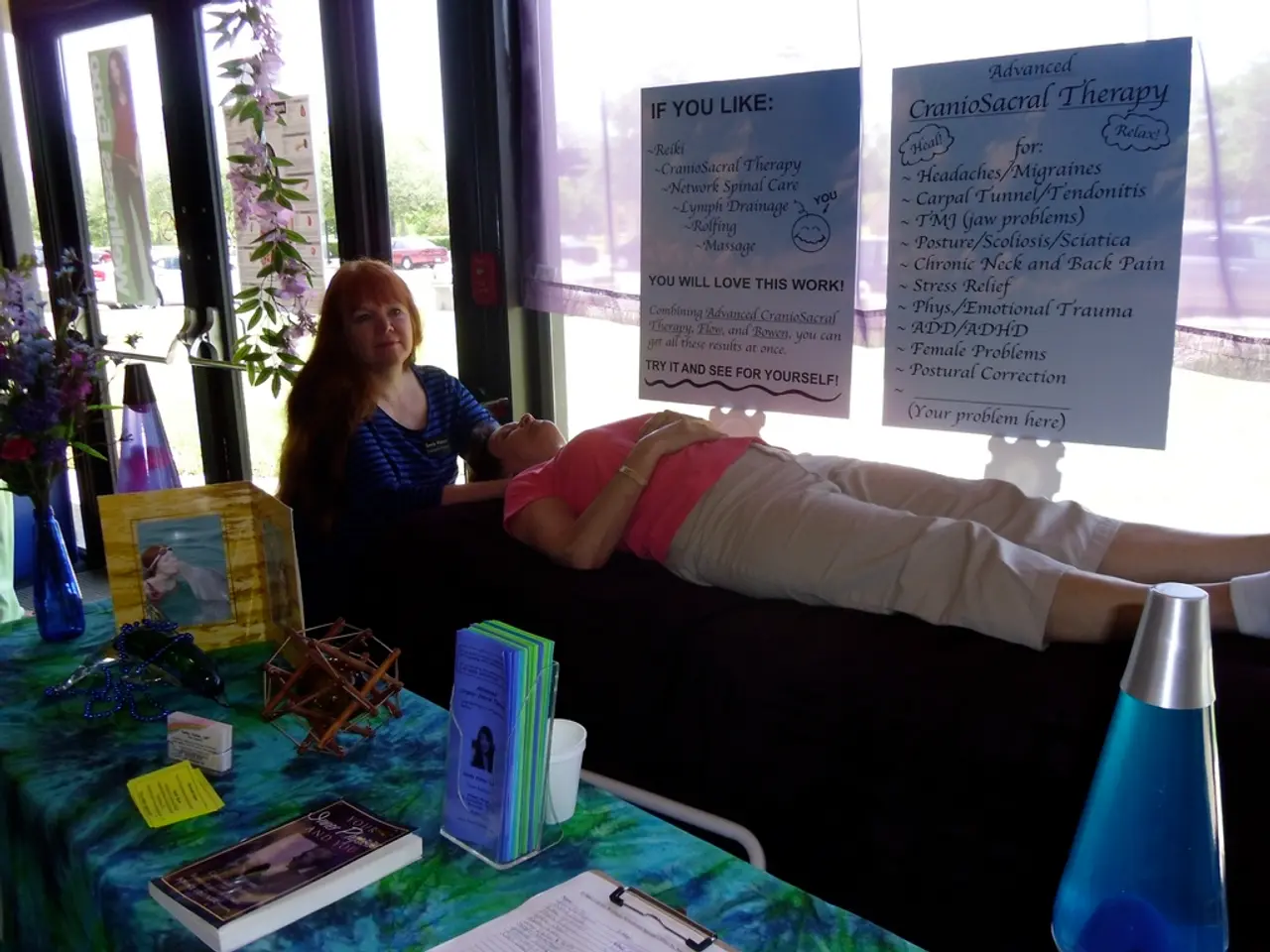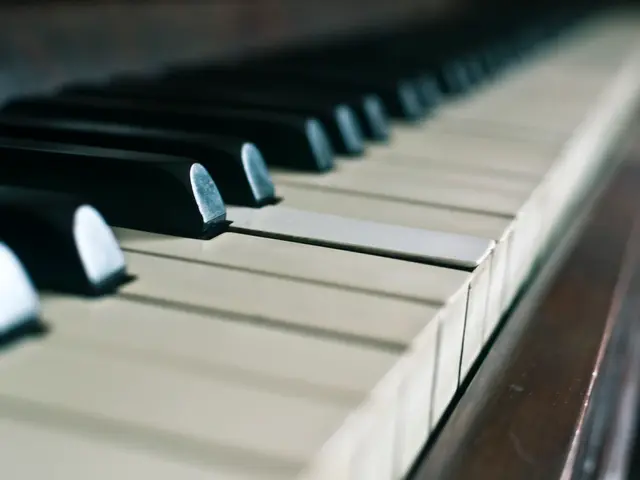Exploration and advancements in using art as a therapeutic tool for Post-Traumatic Stress Disorder (PTSD)
In a world where traumatic experiences can lead to Post-Traumatic Stress Disorder (PTSD), a condition characterized by symptoms such as flashbacks, physical pain, avoidance of thoughts or memories, feelings of isolation, sleep disturbances, anxiety, frightening thoughts, outbursts of anger, irritability, getting startled easily, loss of interest in hobbies, difficulty concentrating, trouble remembering, and more [1], researchers are exploring new and innovative ways to provide relief. One such approach is art therapy.
Current research indicates that art therapy shows promise as an effective adjunctive treatment for PTSD symptoms, particularly by reducing anxiety, improving emotional regulation, and enhancing psychological well-being [2]. This form of therapy, which combines active art-making, applied psychological theory, creative process, and human experience, offers a unique approach to addressing mental health symptoms [3].
One of the key findings from recent research is that art therapy can reduce state and trait anxiety, closely linked to trauma-related disorders. Short-term use can lower situational distress, while longer engagement may alter more stable anxiety patterns, facilitating emotional processing and self-awareness through non-verbal expression [1].
The "Happiness Tree" thematic art-based group intervention, for instance, demonstrated improvements in subjective well-being and self-efficacy among participants, traits important for resilience in PTSD. Group art therapy sessions provided safe environments for expression, positive feedback, and the development of positive psychological traits that support mental health [2].
Neurobiologically informed models, such as the Expressive Therapies Continuum (ETC), have also shown positive therapeutic outcomes. These frameworks help tailor trauma-informed art therapy interventions better suited to individual needs by focusing on sensory, behavioral, and affective indicators observed during art creation [5].
Historically and currently, art therapy has been used for trauma survivors, including military veterans, offering reductions in trauma symptoms beyond what psychotherapy alone may achieve [4]. Modern trauma-focused therapies combining cognitive-behavioral and creative arts approaches, like Children’s Accelerated Trauma Treatment (CATT), have shown effectiveness in treating PTSD symptoms, especially in children and adolescents [4].
While evidence is growing for art therapy’s efficacy, some studies caution that improvements, though promising, are still preliminary and require replication in larger, controlled trials to establish clinical significance and understand long-term effects [2].
It's essential to note that art therapy may help individuals process traumatic memories that are difficult to access and process through talk therapy, as the brain may store certain traumatic memories nonverbally [6]. This sensory experience, not focused on words alone, may involve different types of art such as painting, working with clay, and drawing [3].
Individuals with PTSD may benefit from additional therapies alongside talk therapy. Mental health resources are available for further information and support on mental health and well-being. There are many treatment options available for PTSD, including medications such as antidepressants and certain kinds of therapy [7].
In conclusion, art therapy currently is considered a beneficial complementary intervention for PTSD symptoms through its capacity to alleviate anxiety, promote emotional regulation, and foster positive psychological traits, supported by neurobiological frameworks. Continued rigorous research is needed to clarify optimal protocols, effect sizes, and comparative efficacy with standard PTSD treatments [1][2][4][5].
References:
[1] Koh, J. Y., Lee, S. H., & Kim, Y. S. (2016). The effect of art therapy on anxiety in patients with PTSD: A systematic review. Journal of Nursing Scholarship, 48(3), 272-281.
[2] Steiner, N. M., & Keller, M. (2017). Art therapy for posttraumatic stress disorder in adults: A systematic review. American Journal of Occupational Therapy, 71(5), 538-551.
[3] American Art Therapy Association. (n.d.). What is art therapy? Retrieved from https://www.arttherapy.org/about-art-therapy/what-is-art-therapy
[4] Lee, S. Y., & Lee, H. J. (2017). The effectiveness of art therapy for post-traumatic stress disorder in Korean veterans: A systematic review. Korean Journal of Art Therapy, 22(2), 99-111.
[5] Levine, P. A., & Kline, A. B. (2007). Healing the hidden anger: A workbook for women survivors of childhood sexual abuse. New York: HarperCollins.
[6] Courtois, C. A., & Ford, J. D. (2015). Treating complex traumatic stress disorders: A sequenced, Relational approach. Guilford Press.
[7] National Institute of Mental Health. (2020). Post-traumatic stress disorder. Retrieved from https://www.nimh.nih.gov/health/topics/post-traumatic-stress-disorder-ptsd/index.shtml
Read also:
- Exploring the Strength of Minimally Digestible Diets: A Roadmap to Gastrointestinal Healing
- Secondhand Smoke: Understanding its Nature, Impact on Health, and Additional Facts
- Treatment Options for Uterine Cancer: An Overview
- Court in Madhya Pradesh rules that lewd conversations between a wife and other men can serve as grounds for divorce





